This article is a complete guide to On-Page SEO.
In this guide, you’ll learn,
- The Myths of On-Page SEO
- How to create SEO-content
- How to optimize for search engines
- How to optimize for readers
- tips to write irresistible titles and descriptions
- Lots more
Let’s begin.
Table Of Contents
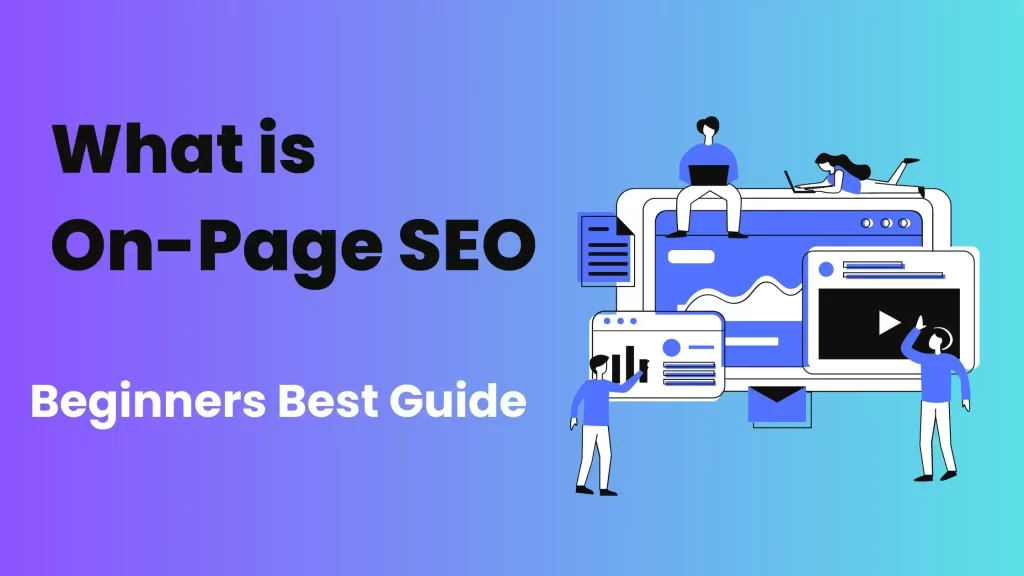
What Is An On-page SEO?
On-page SEO, also known as “on-site SEO,” is the practice of optimizing content for search engines (like Google, Bing, and Yandex) and online users. On-Page SEO involves optimizing elements like,
- Internal links
- Web page content
- Blog posts
- Title tags
- Meta descriptions
- URLs
- Images, and
- User Experience (UX)
Why An On-page SEO Is Important? (Advantage)
On-page SEO still matters, because Google always updates its algorithms, enhancing its ability to analyze and understand user intent and UX (user experience). So knowing SEO best practices can help increase your search traffic.
Having on-page SEO in your overall strategy is vital because Google prioritizes user experience (UX). Great-optimized posts and pages help Google better understand your site and rank your content. You help Google do its work better.
According to Google, “The most basic signal that information is relevant is when a web page contains the same keywords as your search query. If those keywords appear on the page, headings, or body of the text, the information is more likely to be relevant.”
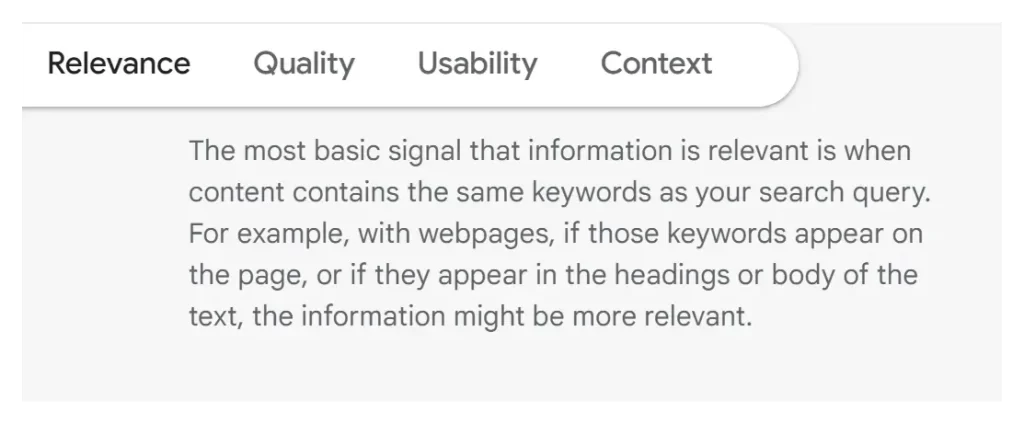
On-page vs. Off-Page SEO
On-site and on-page (offset) SEO are two pillars of a holistic SEO strategy. Off-page or Off-site SEO refers to optimizing elements outside your site. This can include,
- Backlinks (More on this later)
- Social Media Mentions
- Press Mentions
- Forum Mentions, etc.
If you’ve been exposed to the practice of on-page SEO, then it’s quite likely you’ve heard conflicting advice and for that reason, we will discuss what on-page SEO is and what’s not, which brings us to the next section.
Seven Steps To Do On-Page SEO (Google Algorithm And AI Proof Guide).
On-page SEO can make or break your rankings on Google. So to rank your content, follow these steps.
1. Avoid the mistakes
You might see common advice about on-page SEO practices which aren’t true today, especially with AI. While many old-school tips are still in use, I’m focusing on three to help you scale your search traffic. Avoid these mistakes and rank your content higher in search engines.
Don’t stuff keywords
On-page SEO is not stuffing exact-match keywords. It was a common practice to put the exact keyword to rank for in your title, URL, and content.
For instance, if you wanted to rank for the keyword “Tomatoes Seller Africa”, you’d fill the keyword throughout your page or content, although it doesn’t make grammatical sense.
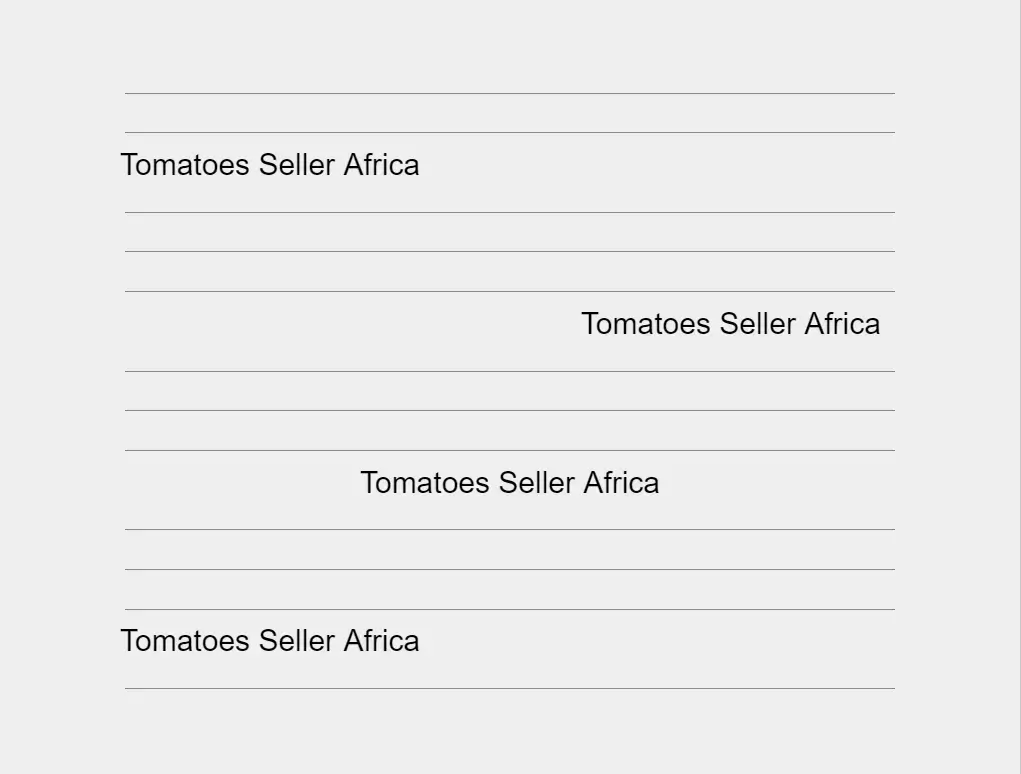
Google is smart to understand things like connecting words, synonyms, related words, and phrases. Sadly, stuffing exact-match keywords is still practiced today; this can lead to poor user experience and readability.
These old-school tactics should not be part of your On-page SEO tactics. Instead Use related queries, similar phrases, and related words throughout your content. You can rank for other queries of your target keyword.
Don’t use keywords a specific number of times
Also, On-page SEO is not about using keywords a specific number of times on your page or content. Ahrefs analyzed 3 million search queries and found on average, the top-ranking page also ranks for around 1,000+ relevant keywords.

Can you imagine how daunting it would be if the top-ranking page had to mention those keywords at least three times? It makes your work eye-draining. Instead, include the target keyword in your content when it makes sense. The target keyword of your content should come naturally.
Don’t meet a word count
Finally, On-page SEO is not about reaching a certain word count. Studies show the average content length of the top 10 results is between 1,500 to over 2,000 words.
As a result, many professionals recommend you create pages or content at least that long. But that may not be sound advice for on-page SEO.
For instance, Ahrefs free backlink checker has around 900 words and ranks number one for their target keyword and the page generates around 45,000 visitors from Google search alone.
2. Plan your Content
Before optimizing your content for on-page SEO, you’ll need to create the content in the first place using SEO writing best practices. Do these 3 things before crafting your content
- Satisfy search intent
- Learn from your competitors
- Do a content gap analysis
1. Satisfy Search Intent
Search Intent (user intent) is the main goal a searcher has when typing a question into a search engine. Common types of search intent are informational, commercial, navigational, and transactional. In simple terms, satisfying search intent is Google’s number one goal.
So to succeed with SEO and content marketing, search intent needs to be a part of your strategy. Backlinks and other traditional Google ranking signals are better. But if your page doesn’t satisfy search intent, it’s not going to rank. In other words, if you can’t match searcher intent, then you probably aren’t going to rank for your target keywords.
So again, search intent represents the reason behind a searcher’s query, and matching search intent is one of the must-do things to show search engines that your page will fulfill its goal of delivering the most relevant results for any given query.
While it might sound like you’re trying to satisfy Google, what you’re doing is learning what you need to satisfy the searcher’s intent. Identifying search intent is usually quite easy: Use any of these three tips:
- Use SEO tools like the GrowthBar SEO tool
- Look at top-ranking pages by Googling your keyword
- Use Other SEO tools, like Ahrefs
2. Analyze your competitors
The top articles on Google are ranking at the top for a reason.
Google and other search engines deem them as the best candidates to satisfy a searcher’s query. So they’re doing things right, at least from the perspective of a search engine.
While the content varies from topic to topic, the way you research your competitors’ content will be more or less the same. In most cases, the majority of pages are blog posts with some in the listicle format and others in the freshness format (with the year being part of their titles.)
So you need to analyze and make informed decisions from what they are doing. I’m not saying you should “copy and paste” what they have over to your site, no that’s not what I’m saying, instead do your analysis well and come out with valuable content for your audience.
Use the findings from your competitors to take a strong SERP angle. If everyone is writing “XX Best Analytics Tools Of 2023”, write “XX Top Analytics Tools” to close more SQLs today”.
3. Perform Content Gap Analysis
Content Gap Analysis is the act of evaluating existing content on a topic and finding “gaps” in that content to improve upon.
For instance,
If you intend to create a piece of content on a topic e.g. “B2B Writing”.
Don’t begin writing in Google Docs. Instead, search for some content gaps and you’ll notice that most of the content about the topic you want to cover is:
- Lacking great examples and details
- likely outdated
- hard to understand
You will find content gaps depending on the content you want to cover. Content gap analysis is important because,
- It helps your article do better in SEO and social shares).
- It shows you common keywords the top pages are ranking for and your page isn’t.
You can use the Ahrefs content gap analysis tool in Site Explorer to do your content gap analysis. By doing content gap analysis, you get the opportunity to,
- Skim through a list of published articles, and find interesting subtopics that may be worth adding to your post.
- Additionally, you may learn some interesting things about the audience and the language they use.
So after finishing with the above three important things, you can now craft your content using the best SEO copywriting principles. Here are tips to do just that.
- Create irresistible headline
- Craft a compelling intro
- Write your content
- Add a conclusion
3. Craft Fuss-Free Content
The next step after planning your content is to write SEO-optimized content for your readers and search engines.
1. Craft Irresistible Headline
Your headline is the first impression your content makes even before a reader lands on your page. When they land on your page, your headline is what makes the reader decide to stick around or leave your site to check TikTok.
Strong headlines are not only crucial for search engines and readers, but they can also lead to more social shares.
A study reveals “that the majority of social shares that articles get come from audiences who have not even read the article. But, many share the content based on the headline alone. Follow these simple tips to write great, eye-blinking headlines.
1. Be Specific.
Your headlines should be specific and tell your prospects exactly what they will get. For instance, look at these two headlines.
“Save Enough Time The Simple Way”
Save 5 Hours Per Day With 7 Productivity Hacks”
The first headline is not bad, but, is also not nearly specific. The second headline, it’s more better and supper-specific. This rule applies to videos, podcasts, website copy, landing pages, blog posts, and other forms of content.
2. Go with Numbers.
Numbers force you to write great headlines that skyrocket your clickthrough rate. Include the current year in your headline, this makes it,
- Stand out in organic search results and
- Show readers that this guide is up-to-date for them.
3. Use Brackets.
Adding a portion of the headline in (brackets) also makes it pop visually on a search engine results page. A collaborative study by HubSpot and OutBrain found that including brackets in headlines improves CTR by up to 38%.
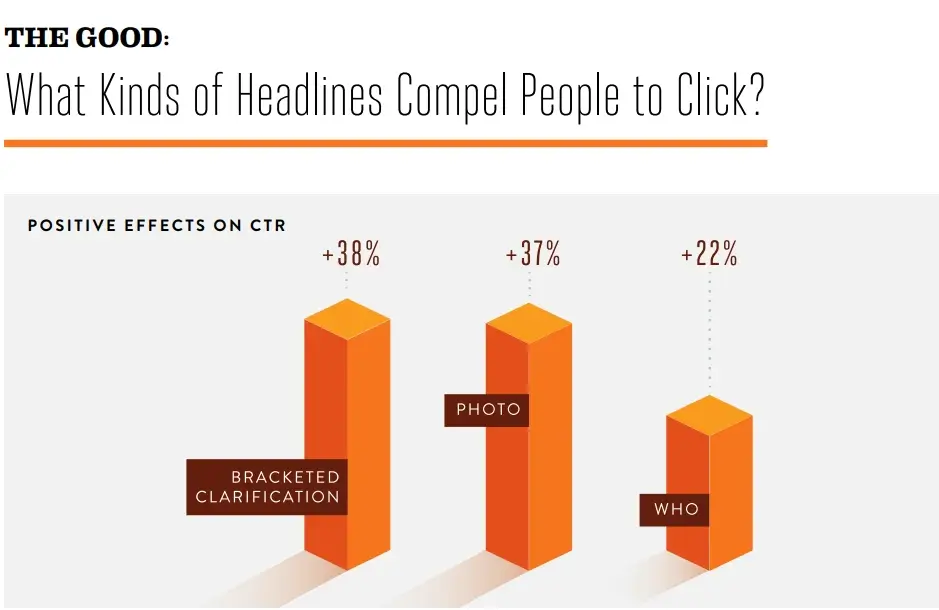
2. Craft inspiring intros
If you want to keep readers on your blog post, you need to make a strong first impression with an inspiring intro. Here are some intro tips.
- Begint with a great hook
- Apply transition words
Begin with a great hook
Starting with a great hook explains to the reader what they can expect. A great hook or the opening sentence is vital to draw people in, a great hook can include,
- A startling statistic
- A quote
- A question
- A short anecdote
- A controversial statement
- An interesting fact
- You could use drama or humor
- And more
Apply the transition method
This is most vital at the end of your introduction. Transitions help push the audience to read the next section.
Transition words and phrases include
- Let’s dive right in
- Let’s get started
- Let’s start.
- Let’s begin
- Let’s jump right in
- Without further ado, let’s begin, etc.
3. Write Your Content
Next, write the body of your content and make it engaging to your prospects. Specifically, here are some tips to do that.
- Use Lists, Bullets, and Bolded Sentences. When you finish drafting your post, you can add decorations: bullets, lists, bolded sentences, italics, etc. These decorations make your content easy to read on mobile, which constitutes 58 of web traffic.
- Use Subheaders. Because subheaders help break your content into easy-to-read chunks.
- Use Active Voice. You should always write in an active voice. It’s easier to read, and understand and evokes more action. Brain Dean says:
- “If I could give people ONE writing tip for writing blog posts it would be: Use the active voice! Seriously. The passive voice is just… lame. On the flip side, the active voice is crisp and clear.”
- Use large enough fonts. Why is Medium easy to read? It’s so because of using a 21px font. If you’re using anything less than 16px, you may be losing more readers.
4. Add Conclusion
Your conclusion is vital especially if you want readers to comment on your post or content.
Firstly, make a summary of your article in the concluding section; this is the most frequently used tactic in blog posts. A summary is better because some readers may have forgotten a lot of the points you made throughout the piece.
Secondly, you can include a “call to action” in the concluding section; the standard way to conclude your article is to incorporate a Call To Action (CTA). You can ask your readers to,
- Share your content on social media
- Sign up for your email or newsletter
- Comment
- Or offer them more content.
4. Optimize For Search Engines
Next, you need to optimize your content for search engines like Google and Bing. This step shows you how to optimize each piece of content on your website, so if you wonder how to use keywords on your content, you’ll love this step.
Let’s move on.
1. Optimize permalinks/ URLs
Permalinks (URLs) are like an address but for internet pages. When optimizing your permalinks for search engines, use a descriptive and short URL slug, this helps readers understand what your page is about even before visiting them.
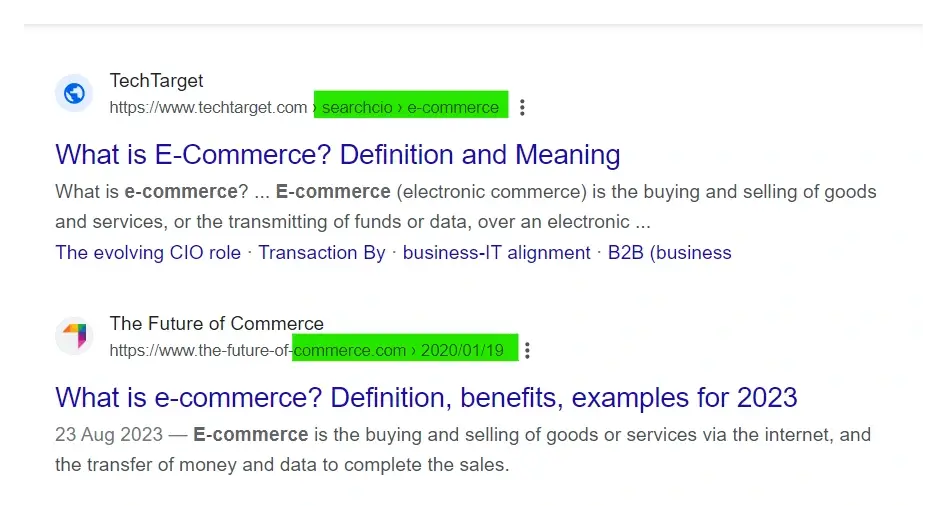
In the results above, the full URLs (the future of e-commerce) appear, but they will not appear if you use long titles. So it’s better to use short descriptive permalinks.
Most Content Management Systems (CMS) allow you to change the permalink (the part after the domain and subfolders) easily. Using your target keyword or related words is often the best way to optimize your content. Do this for almost all your blog posts.
For instance, the WordPress Gutenberg editor lets you do this well.
Move your cursor to the right-hand side panel when writing or editing your post and click on setting, then post.
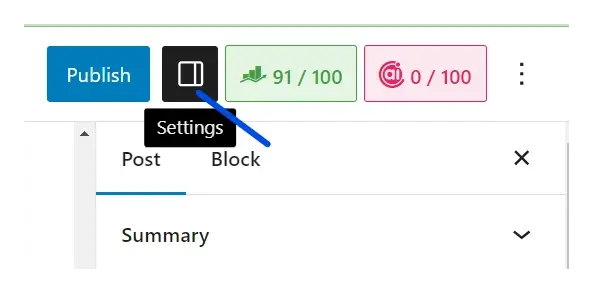
Go to Summary.
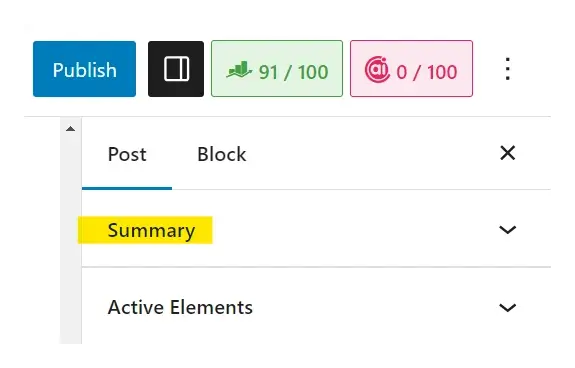
Next, click on “URL”.
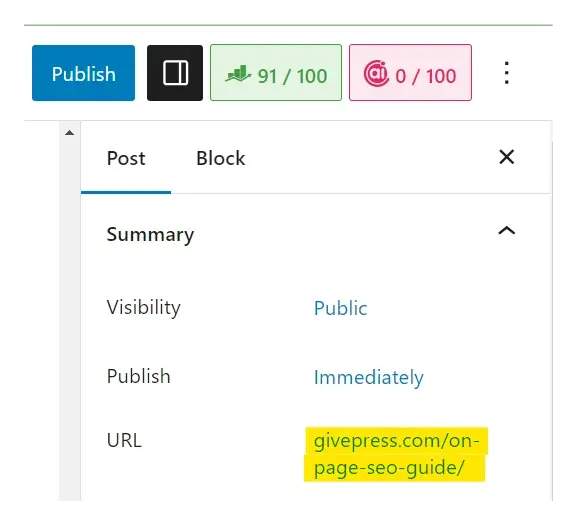
Here, you can edit your URL or permalink. Follow these best on-page SEO practices when editing your permalinks,
- Don’t use numbers in your permalinks
- Keep it descriptive and short
- You can use related queries when setting your URLs
- Avoid changing your permalinks or URLs in the feature, etc.
2. Craft eye-catching title tags/SEO titles
The title tag, also called the “SEO Title” for the Yoast SEO and “Title” for Rank Math is your page title, however, it only appears on search results pages. It is vital to have a captivating tag, this improves your clickthrough rates.

WordPress usually defaults your post title as your “SEO Title and Title Tag” and the “Permalink” described earlier.
But it’s not great advice to leave it as the default settings, the best way is to change both your permalink and SEO title. If you’re using the Yoast SEO or Rank Math plugin, you can change the title tag easily.
For example, navigate to the right panel in the WordPress Gutenberg editor and…
- Click on “Rank Math Settings”.
- Next, click on “General.”
- Click on “Edit Snippet”.

Enter your post title under the “Title” box

In the box above, you can change your title tag. Here are some of the best tips to use when crafting your title tag or SEO title:
- Use more than one keyword in the title. Notice I write “What is A URL (Permalink Meaning)”? This gives your article the chance to rank for both keywords.
- Avoid lengthy title tags. Even though you can use more than one keyword, that doesn’t mean you should craft longer titles. Google will truncate lengthy title tags leading to poor clickthrough rates.

In the image above, the title tag is longer than the limit so Google truncates it.
3. Use heading tags well
Headlines break your content into H1, H2s, H3s, H4s, H5s, H6s, and more. Headlines help to arrange your content in order of importance, with the H1 title tag being the most vital of all.

As usual, WordPress will default your post title to H1, so you can move further articles with H2s, H3s, H4s, and so on. The best SEO practice is to have similarities between your SEO title and your H1 title.
Both search engines and readers use the headlines of your article. Harness the power of headlines to break up your articles and make them skimmable for readers.
Include your target keyword in your H1 tag and spread related queries (of your target keyword) throughout your content and the rest of the headline tags. Here are the best SEO tips for crafting headlines.
- Frontload your keywords. (Place the keyword as close to the beginning of your headline as possible)
- Dont stuff. Avoid stuffing your headlines with keywords, but you can include related terms.
- Use keyword modifiers like “best,” “easy,” “guide,” “checklist,” “free,” etc. Keyword modifiers improve your click-through rates.
4. Add meta descriptions
The meta description is your post or page’s summary which appears on the search engine results page (SERP). It also helps readers immediately grasp the theme of your content.
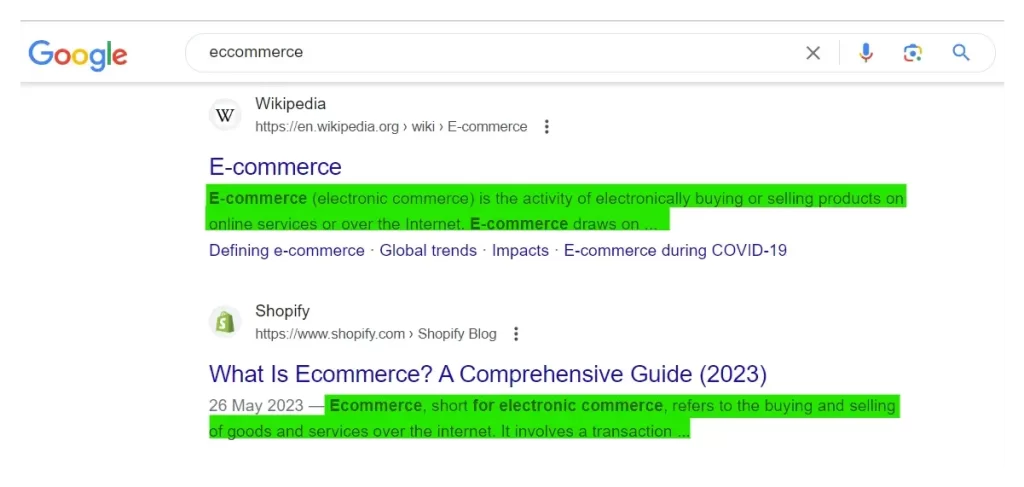
A meta description is an HTML code that summarizes your page or post, and search engines often use this right within the search.
- Meta descriptions are not ranking signals, however, they help your readers learn more about your page and give them a glimpse of your entire content.
- It also enhances clickthrough rates, and for this reason, it’s a great practice to include it on your pages.
According to Google, it’s a great practice to include meta descriptions on your pages.
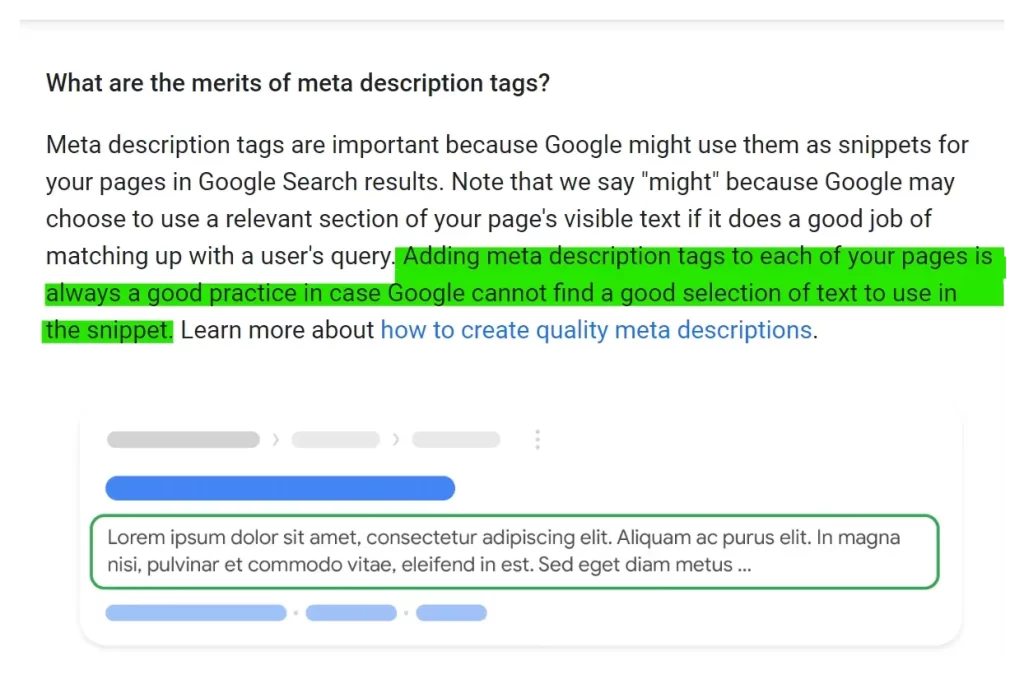
Tools like “Growthbar Meta Generator” can help you generate SEO-optimized meta descriptions.
To generate a meta description with Growth Bar, navigate to the “Meta Generator” in the tool to describe your action, and hit submit.
Then, look at the results,
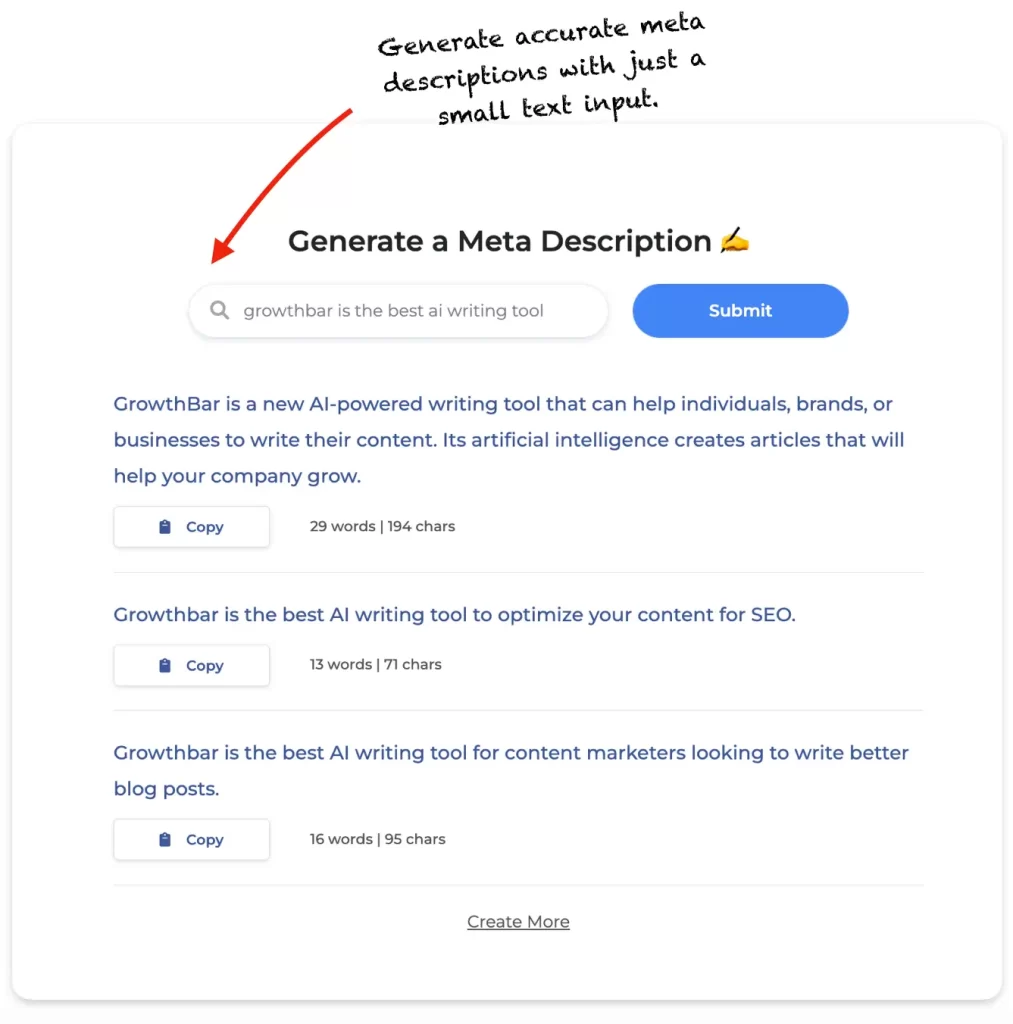
Growth Bar is awesome, click the “create more” button for additional ideas. GrowthBar offers additional tools to help optimize your content for greater rankings in Google.
5. Optimize your images
When you optimize images well, they can rank in Google Images and scale your search traffic. You can optimize your images for SEO in 3 ways.
- Name your image well
- Add alt text
- Compress your images
1. Name your images well
Almost all cameras use generic names for photos or pictures, for instance, if you take a photo or picture of a dog with your mobile phone it will be something like “IMG-and plus several numbers”. The best SEO practice is to rename it as “dog”.
Google said that filenames can give Google bot clues about the subject matter of the image.
2. Add alt text
Another great way is to use descriptive alt text.
Alternative text (alt text) is an HTML attribute that goes into an image tag so the syntax may look something like below.
<img src=“https:// your domain name.com/dog.jpg” alt=” dog”> cat sitting on a couch.”
The alt value should describe the image well. The “Alt text” helps those of your audience using screen readers. It also helps if your images fail to load, readers will be shown the alt text instead.
As a WordPress user, you can use related terms (keywords) to describe your images as “alt texts”. Growth Bar is a powerful tool for finding related keywords for your images.
3. Compress your images
Compressing makes your images smaller, leading to faster loads and PageSpeed is a signal for ranking on Google.
You can use a free tool like “ShortPixel” to compress your images, it has a web interface and a WordPress Plugin. Check it out.
6. Do internal-linking
Internal links refer to links from one page to another on the same domain. Internal linking is super-powerful because it can pass link authority to other pages, and it also helps search engines understand a page’s contents better.
For example, if you have a site in the careers niche, and you are writing a post about “how to make a cover letter” ” it would be nice to add internal links from other relevant pages like “how to make a resume”.
Because visitors who want to learn “how to make a resume” may want to know how to make a cover letter; and vice versa.
You can also include links to other sites mentioned in your content, this provides additional resources for your audience. “Reboot Online” experimented and found that linking to external sources helped improve rankings.
7. Go with mobile friendliness
Mobile-friendliness is how your site performs on mobile devices. A mobile-friendly site is crucial more than ever because over 50% of search traffic comes from mobile devices.
If readers on smartphones and tablets are uncomfortable on your site, your ranking and search traffic may decline. You can check your site with this free tool.
Mobile-friendliness is a Google ranking factor, which means if your site isn’t optimized for mobile readers, you are losing valuable leads and revenue.
8. Voice search is vital
Google had these statistics about voice searches some years back.
- 20% of Google searches are from mobile.
- 41% of adults and 55% of teens use voice search daily.
All this stuff shows that you need to optimize your content for voice search. Voice search is growing at a lightning speed because,
- Bing found that searching with your voice is 3.7X faster than typing.
- Voice is great for mobile searches because 60% of mobile searchers use voice search at least “some of the time”.
An awesome way to optimize your content for voice search is to create long-form content. Long-form articles lead to more voice search traffic. You may have heard that the average number of words on the first page on Google is around 1,447 words. But try to make longer quality content.
9. Optimize your page speed
Search engines use page speed as a ranking factor. Page Speed measures how fast content and elements on your pages can load. Ensure your site loads faster so you can rank well in search results.
Over 4.9 million site analyses from “Backlinko” reveal that you can improve your site speed by moving to a faster host. You can also use a tool like “Google PageSpeed” to check the performance of your site.
5. Optimize For Readers
On-page SEO optimization is two ways; search engines and readers or your audience. Here are awesome tips to optimize for readability.
- Don’t overcrowd your content
- Push content above the fold
- Avoid using big words
1. Avoid Overcrowding your content
If you need people to read, drive value from your content, and become loyal customers then do one thing: don’t overcrowd your content. For instance,
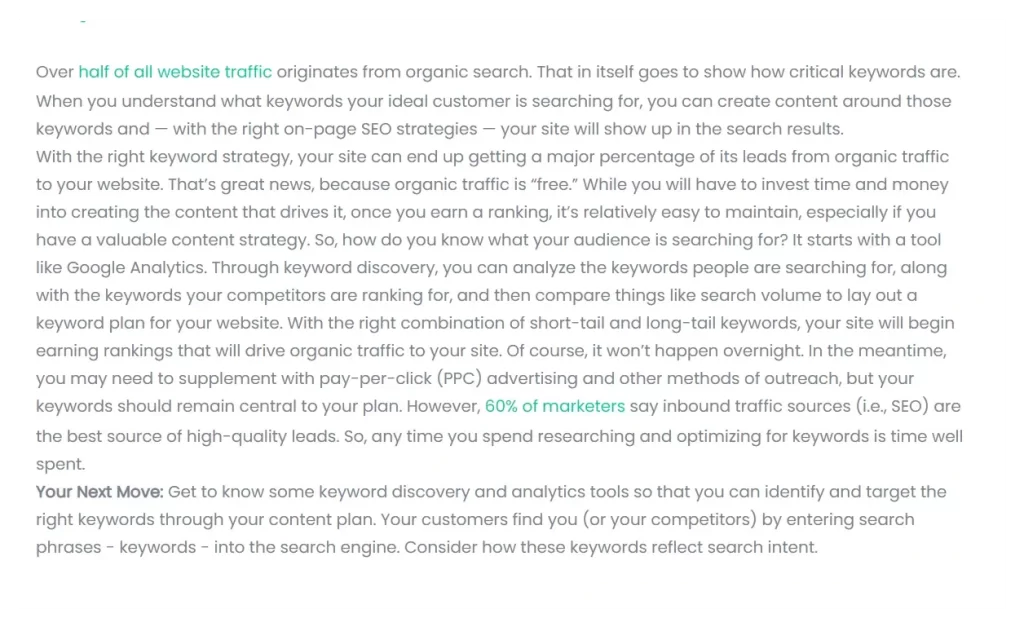
Instead, make your posts easy to read by sticking to 1-3 sentence paragraphs. Short paragraphs are more easy to read, especially on mobile devices.
2. Push your content above the fold
When a visitor lands on your page, they want answers to their problems very fast, so you should grab their attention from the beginning.
Having an image at the top of your post is OK, however, pushing the introduction of your content down the pages isn’t good.
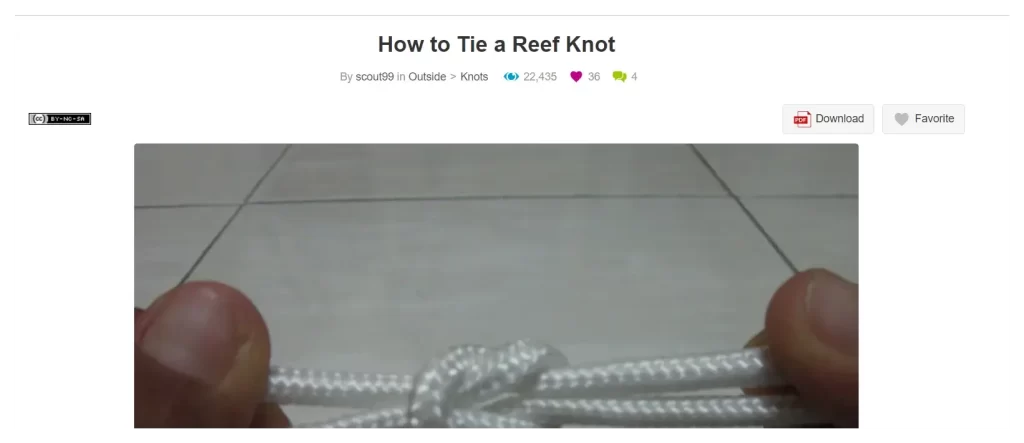
This mistake happens on blog posts, web pages, and landing pages. Use these tips to avoid pushing content below the fold;
- Feature your blog post images after the first 100- 300 words.
- Don’t use bigger images
- Use your H1 tags front and center of the page.
3. Don’t use big words
Visitors must understand your content. Craft your words, sentences, and paragraphs like you are speaking to make your content more conversational and entertaining to read.
“Grammarly” or “The Hemingway app” will help in the process. They’d give you writing tips as well as readability grades.
Google wants to give its users everything they want on a single page, which means your content should be “comprehensive and easy to understand”.
6. Use On-page SEO tools
SEO is all about using tools to optimize your content and make it easier to rank higher on Google, and the tools aren’t cheaper that’s why this section is crucial. There are a lot of tools to help improve your On-page SEO; Here are some:
1. Growth Bar SEO Tool
I’ve been using the Growth Bar SEO tool for a long now. One thing is certain; the tool is lovable. So here I’d take some time and clear out some of the features GrothBar offers:
- AI writing tool. Stop wasting time and money creating blog posts that don’t rank, you would get 100% original content with a click of a button using GrowthBar’s AI content generator. You can create long-form content generated by GPT-3.
- AI Meta description generator. Generate a meta description for your blog post in minutes. Searchers can use meta descriptions to decide whether to click on your content or go to other sites.
- Keyword research tool. I use this tool almost every day to look for low competition-high search volume keywords for my site. It provides you with keyword research terms like Search Volume, Keyword Difficulty, CPC (Cost-Per-Click), Value Of Position 1, and Related Queries.
- Keyword ranking tool. What’s good about doing on-page SEO if your rankings aren’t going up? GrowthBar’s rank tracking allows you to see how you are climbing Google SERPs. You can use this feature to monitor and make good decisions about keywords that drive revenue.
- Competitor Research. This is one of my favorites in the GrothBar suite of tools, you can easily plug your competitor’s URL into the competitor research tool (site Inspector) to see how they are performing, even including their backlinks profile.
2. Google Free Tools
The tech giant Google offers a lot of free tools you can use to optimize your content for SEO, some notable ones include;
3. Rank Math WordPress SEO Plugin
Rank Math is now becoming one of the most popular SEO plugins, so to optimize your blog posts for SEO, it’s worth looking into.
It boasts more than 1.4+ million users including some of the big brands like Backlincko, Ahrefs, HubSpot, SEMrush, and others. It offers more than 40 features to help optimize your content for higher rankings.
7. Advanced On-page SEO Optimization
This section is a list of battled-tested and proven non-on-page SEO tips that can help improve your rankings. Specifically, I’m going to include some Off-Page SEO and why it’s important.
1. Link building
Firstly, let’s talk about link building, specifically “Backlinks”
The reason why your blog isn’t growing is that you haven’t done link-building yet, so link-building’s a little bit uncomfortable. You know!
But you hear from a lot of folks that say: “I have 50 articles on my blog and I’m making no money” or “I have 30 articles or 100 articles and I’m not making any money”.
Well here’s the truth: if you don’t have any links to your blog yet and your domain rating (DR) or domain authority (DA) is zero or even five or ten it’s gonna be hard to rank for content that makes you money because when it comes to blogging there are two ranking factors:
- On-page SEO, which is actually in the article and
- Off-page SEO, which is your authority.
So when you look at the entire internet (the World Wide Web) it’s like a spider web. When you start a new blog you’re basically on the very very edge of this web with no links pointing to you, no one connected to you. Google is not going to trust you so you need to build some links (Backlinks) to your site.
So don’t be uncomfortable with that, all you need is to start doing it. You can create a LinkedIn account and start doing some outreach trying to just get your name out there in your niche, making connections, and making real relationships.
This isn’t some tactic where you’re just going to spam 100 people and ask for stuff, this is a relationship-building tactic.
2. Focus on input not output
When it comes to blogging, there are tons of interesting things you can look at and waste your time on Google Analytics, traffic views, affiliate income, and ad revenue.
But if you focus too much on the outputs and not the actual work, you’re never going to find success. So all in all, it’s about a lot of “content and links”, “content and links”, and “content and links”.
These are the inputs you need to focus on to get to monetization but sometimes you want to make money right away, you want to join Adsense too soon, you want to do all of those things.
So first of all, you need to make sure that you’re working on the business by focusing on the inputs which are: “get down and start writing content” or “building links”, those are the two things you need to be doing. You need to either be,
- In front of an article writing it
- Writing a brief for a writer if you’re outsourcing or
- Making LinkedIn messages and
- Emails for link-building
So those are the things you need to do, you need to focus on the inputs of your business, actually running your content-driven business, and not just focusing on the outputs and things you hope to happen.
Conclusion
On-page SEO is not a once and for all work. It’s a must-do if you want higher rankings on Google.
On-page SEO is optimizing content and technical elements to improve the quality of your pages, the more on-page SEO you do, the more traffic you’ll get to your website and the more relevant that traffic will be.
Off-page SEO and on-page SEO work hand in hand. Do both if you want to rank higher in Google for your target Keywords.
